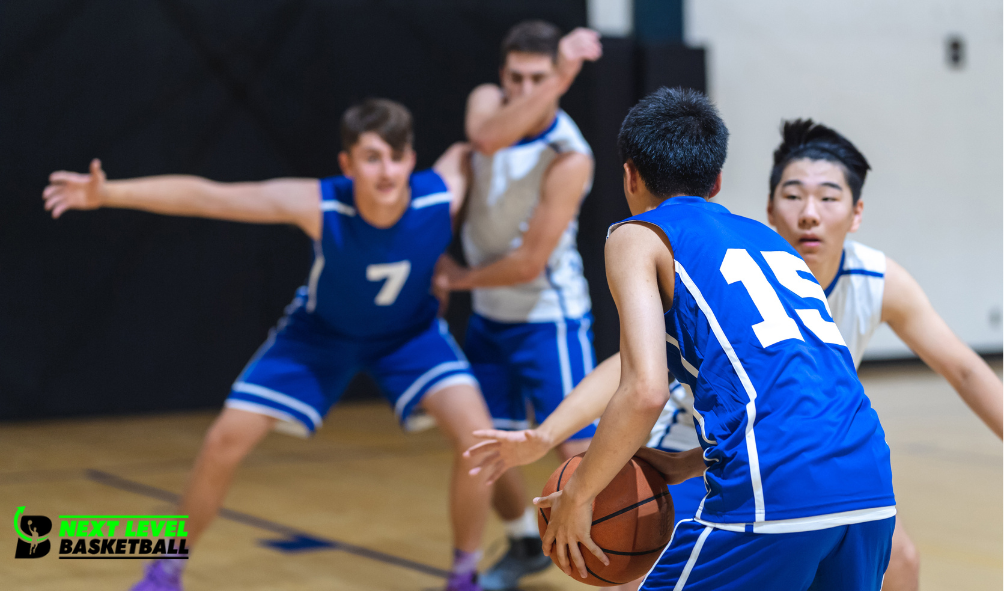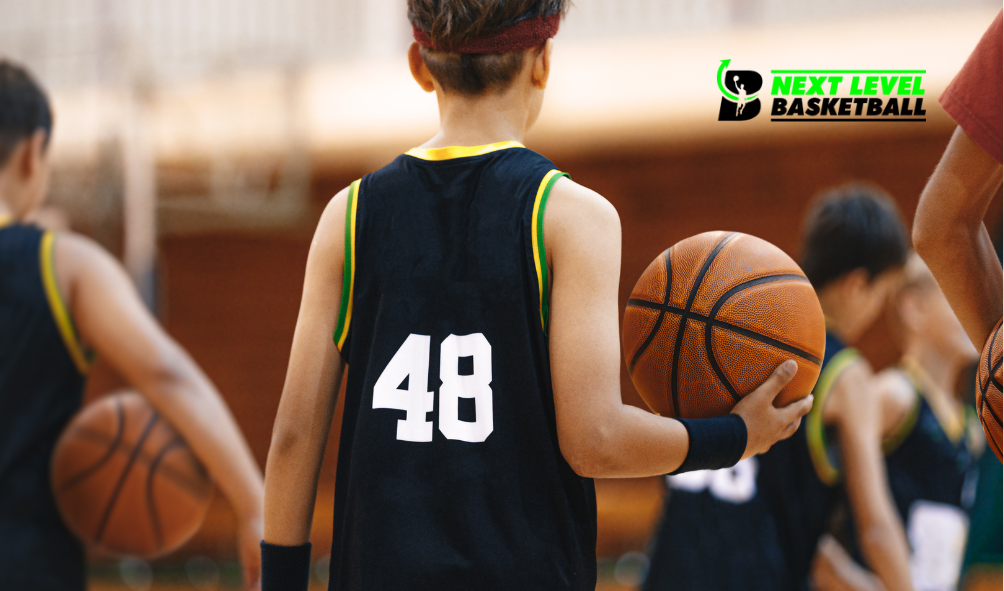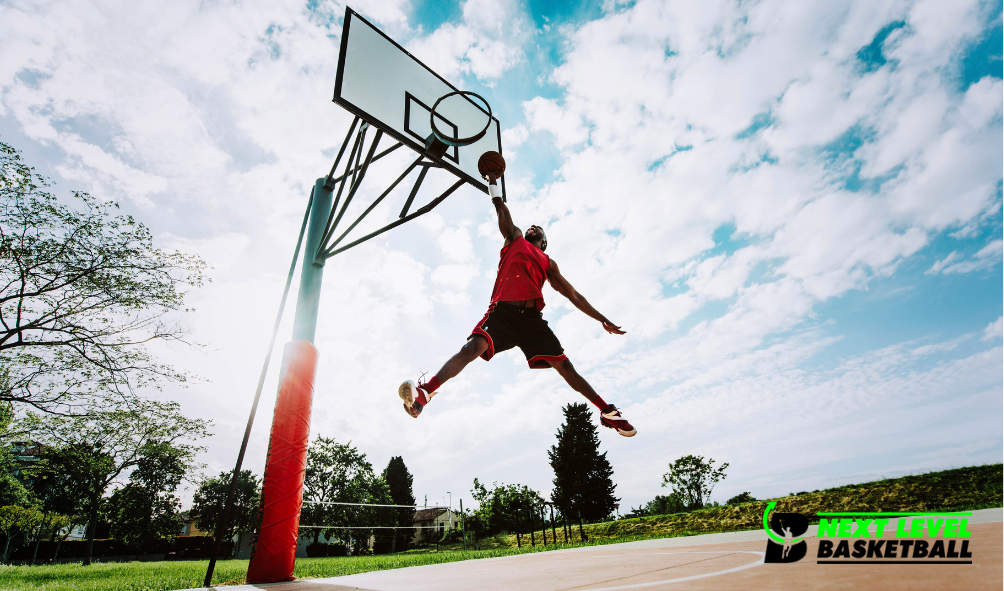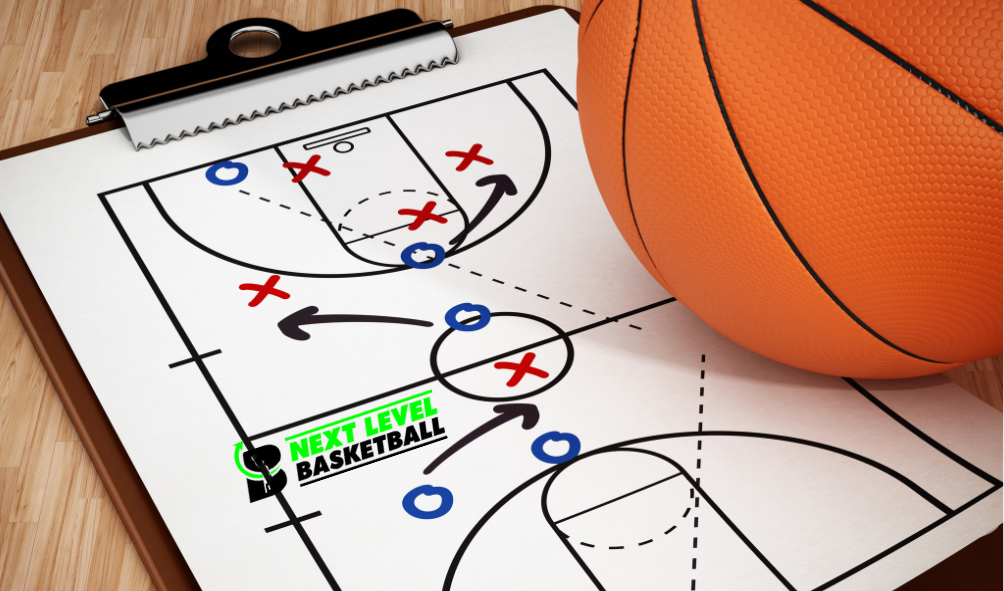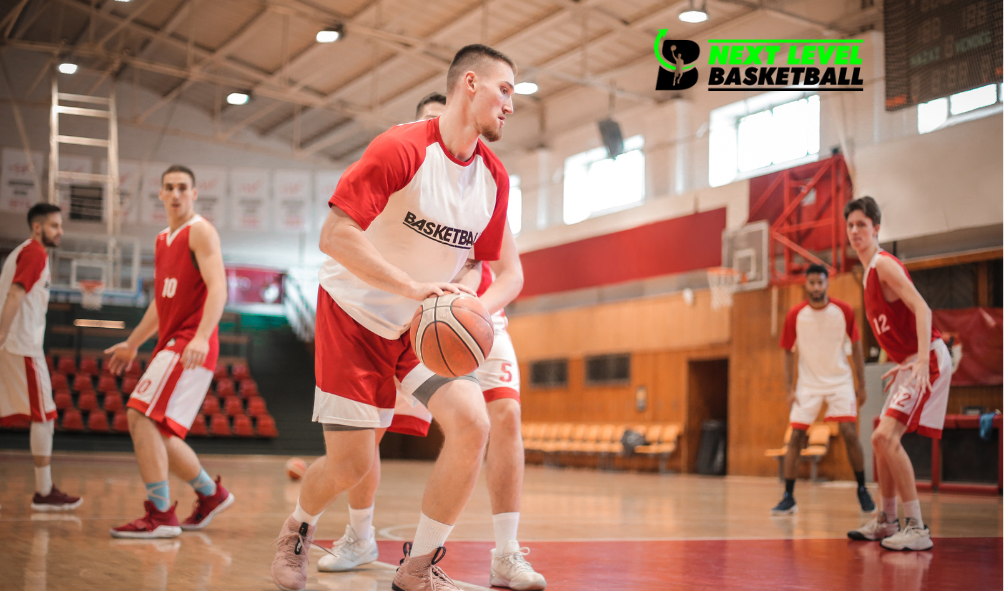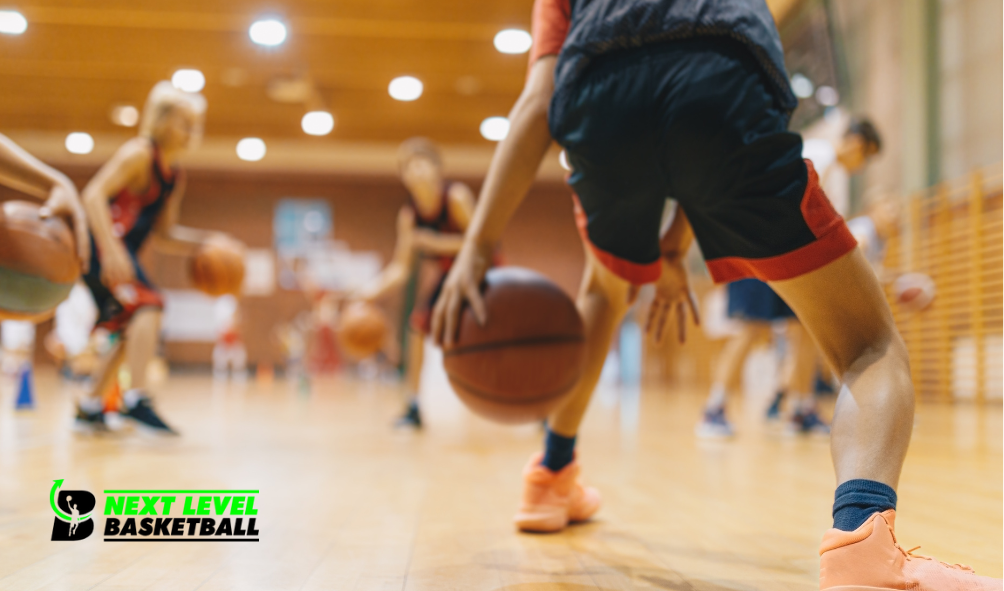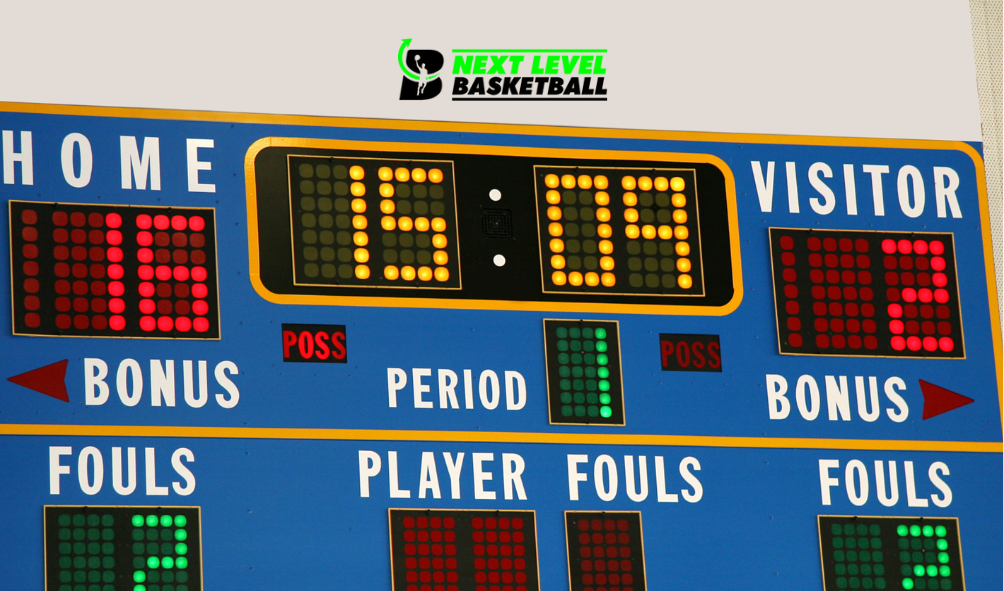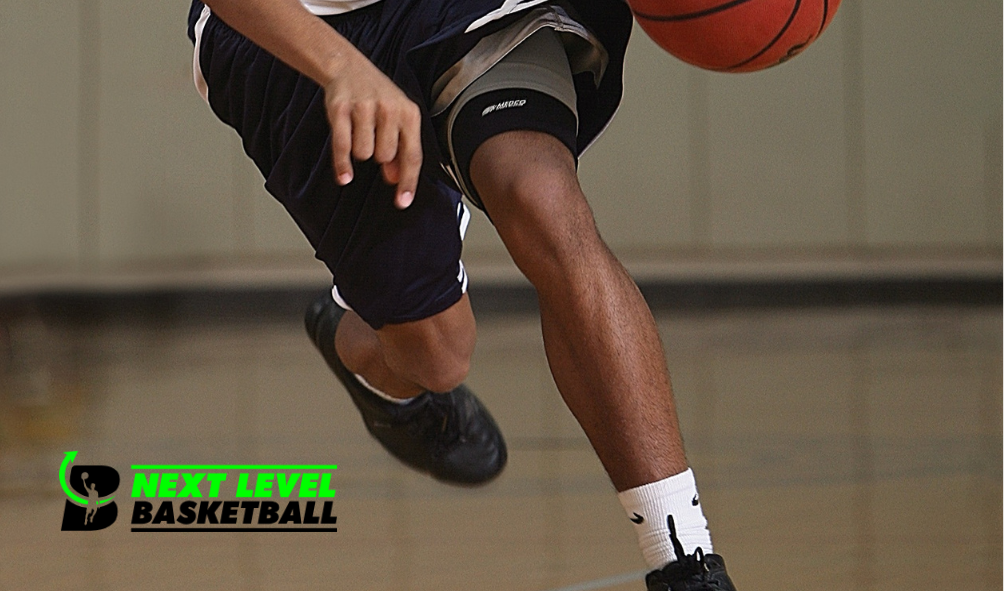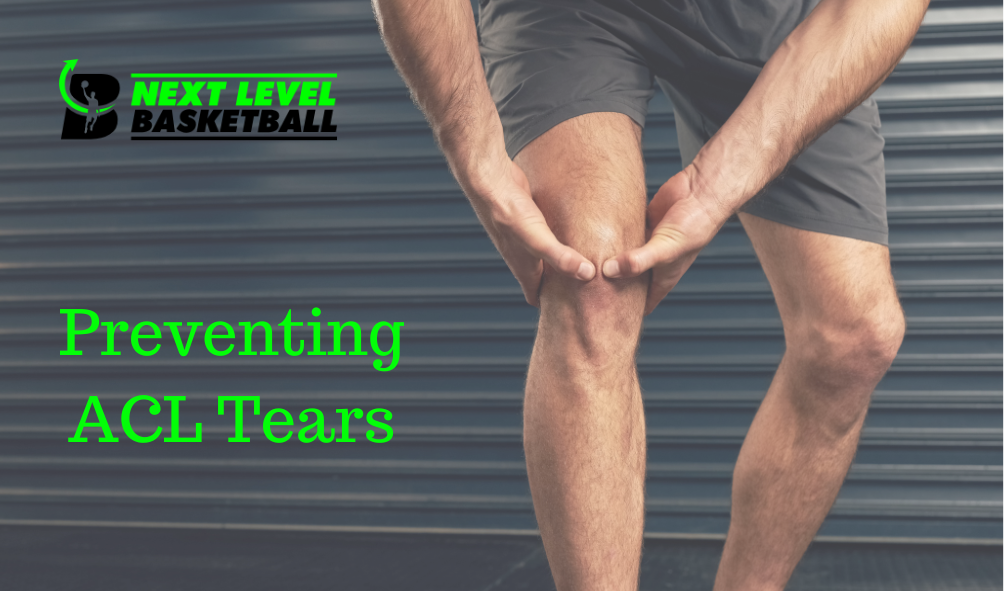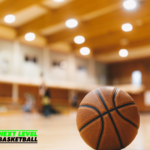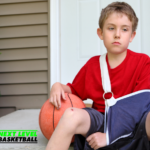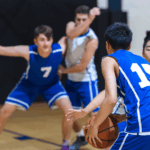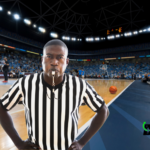Understanding The Fundamentals Of Basketball Strategy
Understanding the fundamentals of basketball strategy is essential for anyone looking to develop and master strategic basketball skills. At its core, basketball strategy revolves around the effective use of teamwork and individual talent to outsmart the opposition and achieve victory. To grasp these strategies, one must first appreciate the basic principles that govern the game. This involves understanding how the flow of the game works, from offense to defense and how transition plays a critical role in maintaining momentum.
Offensively, it’s important to comprehend the various set plays and formations, such as the pick and roll, isolation, and motion offense, each designed to exploit defensive weaknesses and create scoring opportunities. Recognizing how to space the floor properly and use communication to execute plays effectively can ensure that an offensive strategy achieves its intended result.
Defensively, understanding the difference between man-to-man and zone defenses and knowing when to apply each is crucial. Players must learn to read the opposing team’s strategy, anticipate moves, and adapt quickly. Coordination with teammates is essential in closing passing lanes, contesting shots, and forcing turnovers.
Ultimately, mastering these fundamentals requires not only theoretical knowledge but also practical application through consistent practice and game experience. Developing these strategies takes time and dedication, but it paves the way for becoming a resourceful and intelligent basketball player.
Developing Court Vision And Awareness
Developing court vision and awareness is a crucial aspect of mastering strategic basketball skills. It involves understanding the dynamics of the game, anticipating plays, and making informed decisions in real-time. To enhance court vision, a player must train their mind and body to perceive the broader game context rather than just focusing on the immediate area surrounding the ball. This starts with consistently playing with heads up, scanning both the immediate surroundings and the entire court.
Developing this habit allows players to identify open teammates, potential threats from opponents, and spaces to exploit, facilitating better offensive and defensive strategies.
Another critical exercise is practicing peripheral awareness. Peripheral vision training helps in recognizing movements and patterns without direct focus, which is vital for quick reactions during fast-paced games. Additionally, players can benefit from watching experienced athletes or game footage, observing how effective players position themselves and move without the ball. This method aids in understanding spatial relationships and timing, which are essential components of court awareness.
Mental exercises, such as visualization techniques, can further enhance on-court decision-making by allowing players to mentally simulate various scenarios and appropriate responses. By consistently integrating these practices into training routines, players can significantly improve their court vision and awareness, leading to smarter plays and enhanced overall performance.
Enhancing Decision-Making Under Pressure
Enhancing decision-making under pressure is a crucial component of developing and mastering strategic basketball skills. In the fast-paced environment of a basketball game, players are constantly faced with the need to make split-second decisions that can influence the outcome of the game. To succeed, players must learn to stay composed and make effective choices even when under intense pressure.
One way to improve decision-making is through practice scenarios that simulate game-like conditions. By repeatedly facing similar situations in a controlled environment, players can develop the ability to quickly assess their options and make the best choice. Coaches can design drills that mimic the high-pressure moments of a game, helping players become more comfortable and confident in their decision-making abilities.
Additionally, mental conditioning plays a vital role. Players should work on developing a strong mental framework that allows them to maintain focus and clarity during stressful situations. Techniques such as visualization, mindfulness, and controlled breathing can help players manage stress and avoid panic.
Understanding the game deeply also contributes to better decision-making. Players who study the strategies and tendencies of opponents, as well as their own team, can anticipate plays and react instinctively. By combining physical practice with mental preparation and game knowledge, basketball players can significantly enhance their decision-making skills under pressure, leading to more successful outcomes during games.
Mastering Offensive Strategies And Plays
To master offensive strategies and plays in basketball, one must focus on both individual skill development and the integration of those skills within a team context. It begins with a solid understanding of fundamental techniques, such as dribbling, shooting, and passing, which are essential for creating scoring opportunities. However, mastering offensive strategies goes beyond individual prowess and emphasizes the importance of teamwork and situational awareness.
A player must cultivate an acute sense of spatial awareness and game intelligence. This includes anticipating defenders’ movements, recognizing mismatches, and exploiting them to create open shots or driving lanes. Mastery involves understanding and executing set plays, which require precise timing and coordination with teammates. It is essential to be well-versed in different offensive systems, such as motion offenses, pick-and-roll plays, and isolation strategies, adapting to the strengths and weaknesses of both your team and the opposition.
Moreover, effective communication is crucial. Players must seamlessly exchange signals and information during live play, whether through verbal cues or non-verbal gestures. Studying game footage also plays a vital role, allowing players to dissect both their performances and their opponents’ defensive setups. By continuously analyzing these factors and learning from each game, players can refine their offensive execution, making them invaluable contributors to their team’s success.
Building Defensive Tactics And Techniques
Building defensive tactics and techniques in basketball is an essential aspect for any player looking to elevate their game strategically. Effective defense is about footwork, anticipation, communication, and a keen understanding of the opponent’s intentions. First, it is crucial to develop strong individual defensive skills, focusing on proper stance. A good defensive stance is low and balanced, allowing for quick lateral movements and the ability to stay in front of the opponent.
Practicing shuffling drills helps refine these lateral movements, making them second nature during a game.
Anticipation is another key component, requiring players to read the offensive player’s eyes, shoulders, and hips to predict their next move. This can be improved through film study and real-time practice against diverse playing styles. Furthermore, defensive communication is indispensable in coordinating team efforts to cover spaces, switch on screens, and effectively manage pick-and-roll situations. Calling out screens, shouting for help defenses, or signaling to teammates strengthens the defensive line and builds trust among players.
Additionally, mastering the technique of closeouts is crucial for contesting shots without fouling. Effective closeouts combine speed and control, allowing a defender to challenge shots while remaining grounded and prepared to defend against drives. By integrating these individual and team tactics, a player not only enhances their defensive capabilities but also contributes significantly to their team’s overall success on the court.
Continuous Learning And Adaptation In Basketball Strategy
In the dynamic world of basketball, continuous learning and adaptation are fundamental to mastering strategic skills. Basketball strategies are not static; they evolve with advancements in the sport, changes in team dynamics, and the emergence of new talent. To keep pace, players and coaches must commit to a culture of lifelong learning. This involves staying informed about the latest trends, studying game footage, and analyzing opponents meticulously.
Recognizing patterns and having the aptitude to adjust strategies accordingly—whether in-game or over the course of a season—enhances a team’s competitive edge.
Adaptation extends beyond understanding tactics; it requires mental agility and resilience. Players must cultivate a mindset that embraces change and views each game as an opportunity for growth. This includes being receptive to feedback from coaches and teammates and willing to experiment with new techniques or positions. Moreover, as basketball increasingly relies on data and analytics, learning to interpret these insights becomes crucial.
This data-driven approach allows teams to refine their strategies by identifying strengths, weaknesses, and opportunities for improvement.
Ultimately, mastering strategic basketball skills is an ongoing journey. By fostering an environment that encourages innovation and flexible thinking, players and coaches can adapt swiftly to challenges, ensuring they remain at the forefront of the sport’s strategic evolution.
Let your child learn and enhance their basketball skills. Enroll him/her in a group basketball training with the best basketball coaches at Next Level Basketball today. Contact 954-621-8470 for their first youth basketball development session. Check us out on our Facebook page for regular basketball updates!
